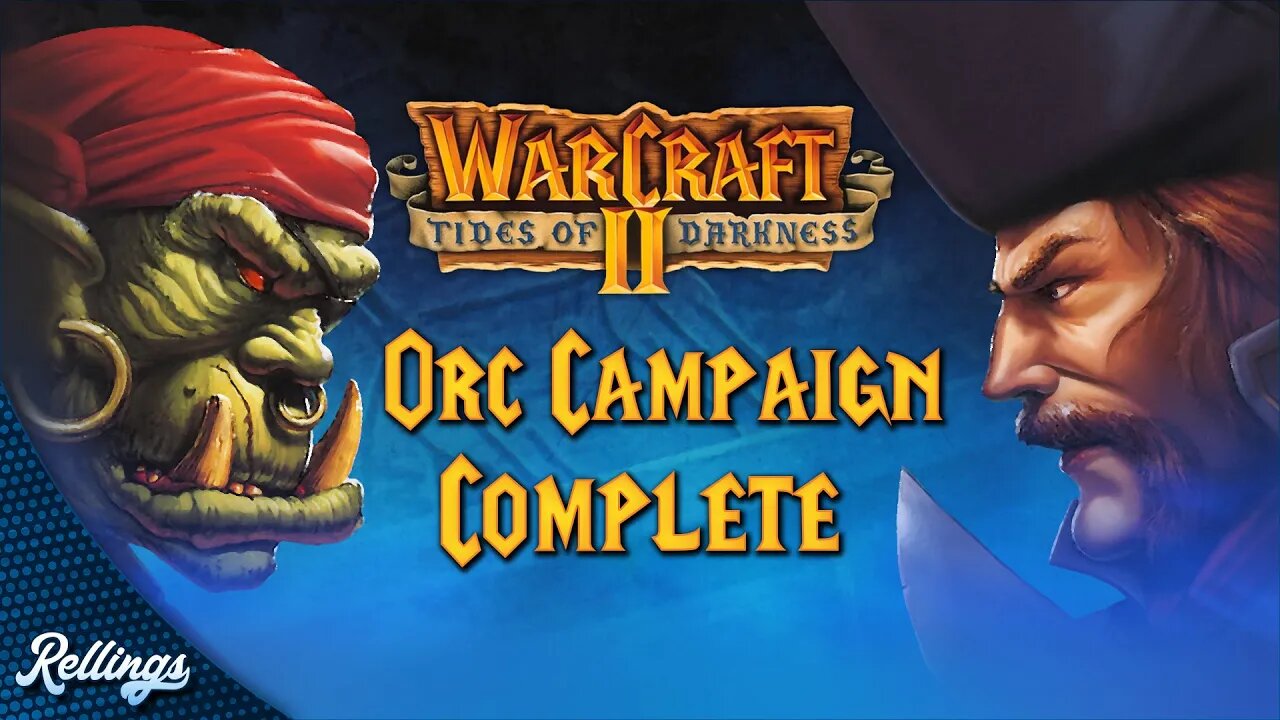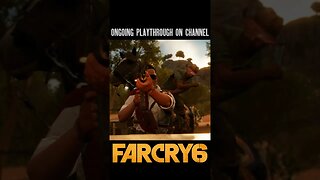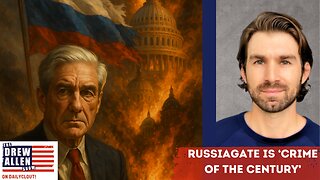Premium Only Content

Warcraft 2: Tides of Darkness (PC) Orc Campaign (No Commentary)
Complete Playthrough of the Orc Campaign for Warcraft II: Tides of Darkness
00:00 Intro
Act I Seas of Blood
2:23 1. Zul'dare
12:35 2. Raid at Hillsbrad
21:57 3. Southshore
49:49 4. Assault on Hillsbrad
Act II Khaz Modan
1:24:12 5. Tol Barad
2:14:55 6. The Badlands
2:25:16 7. The Fall of Stromgarde
Act III Quel'Thalas
3:33:57 8. The Runestone at Caer Darrow
4:16:42 9. The Razing of Tyr's Hand
5:10:32 10. The Destruction of Stratholme
6:21:19 11. The Dead Rise as Quel'thalas Falls
Act IV Tides of Darkness
7:54:37 12. The Tomb of Sargeras
9:13:30 13. The Siege of Dalaran
10:22:41 14. The Fall of Lordaeron
Warcraft II: Tides of Darkness is a fantasy real-time strategy computer game developed by Blizzard Entertainment and released for DOS in 1995 and Mac OS in 1996 by Blizzard's parent, Davidson & Associates. A sequel to Warcraft: Orcs & Humans, the game was met with positive reviews and won most of the major PC gaming awards in 1996. In 1996, Blizzard released an expansion pack, Warcraft II: Beyond the Dark Portal, for DOS and Mac OS, and a compilation, Warcraft II: The Dark Saga, for the PlayStation and Sega Saturn. The Battle.net edition, released in 1999, included Warcraft II: Beyond the Dark Portal, provided Blizzard's online gaming service, and replaced the MS-DOS version with a Windows one.
In Warcraft II, as in many real-time strategy (RTS) games, players collect resources to produce buildings and units in order to defeat an opponent in combat. Players gain access to more advanced units upon construction of tech buildings and research. The majority of the display screen shows the part of the territory on which the player is currently operating, and, using the small minimap, the player can select another location to view and operate on. The fog of war completely hides all territory (appears black) which the player has not explored: terrain that has been explored is always visible in gray tones, but enemy units remain visible only so long as they stay within a friendly unit's visual radius. Buildings remain displayed as the player last saw them, and do not register unobserved changes such as being built, damaged, or repaired, etc.
Warcraft II was a commercial hit, with global sales above 3 million units by 2001; roughly two-thirds were sold in the United States. The game strongly influenced the company's next successful RTS, the futuristic StarCraft (1998) in gameplay, and in attention to personality and storyline. In 1996, Blizzard announced Warcraft Adventures: Lord of the Clans, an adventure game in the Warcraft universe, but canceled the project in 1998. Warcraft III: Reign of Chaos, released in 2002, used parts of Warcraft Adventures' characters and storyline, but extended the gameplay used in Warcraft II.
Warcraft II is a real-time strategy game. In Warcraft II one side represents the human inhabitants of Lordaeron and allied races, and the other controls the invading orcs and their allied races. Each side tries to destroy the other by collecting resources and creating an army. The game is played in a medieval setting with fantasy elements, where both sides have melee, ranged, naval and aerial units, and spellcasters.
#warcraft #warcraft2 #tidesofdarkness #warcraft2tidesofdarkness #beyondthedarkportal #worldofwarcraft #wow #rts #dos #realtimestrategy #walkthrough #playthrough #letsplay #gameplay #gaming #pc #pcgaming #classicgaming #dosbox #longplay
-
 0:56
0:56
Rellings
1 year agoRESCUE | Far Cry 6 #farcry #farcry6 #shorts
1582 -
 2:01:46
2:01:46
Tim Pool
19 hours agoIs Trump Still Winning? | The Culture War LIVE Debate
167K229 -
 5:22
5:22
Michael Heaver
13 hours agoBritain's Enraged Voters Reject EXTREME Agenda
11.9K1 -
 1:13:41
1:13:41
Rebel News
2 hours agoNo trade deal for Carney, Christian cancelled in BC Bible Belt, Liberal bail reform | Rebel Roundup
15.2K7 -

The Drew Allen Show on DailyClout
2 hours ago"Russiagate Is ‘Crime of the Century’"
10.5K2 -
 1:20:41
1:20:41
Steven Crowder
5 hours agoBill Burr Flames Out on Conservatives, Whites, and... Ben Shapiro
227K146 -
 56:58
56:58
The Rubin Report
4 hours agoHow to Protect Yourself from Toxic Beliefs | Eckhart Tolle
52.4K25 -
 1:39:30
1:39:30
The Mel K Show
3 hours agoMORNINGS WITH MEL K -Collateral Consequences of The Russia Hoax Must Be Addressed! 8-1-25
32.8K11 -
 2:03:28
2:03:28
Film Threat
18 hours agoTHE NAKED GUN BLOWS COMEDY | Film Threat Livecast
18.6K -
 1:11:40
1:11:40
Flyover Conservatives
13 hours agoAVOID BURNOUT: Why You Must View Your Work As Worship - Clay Clark | FOC Show
21.7K1